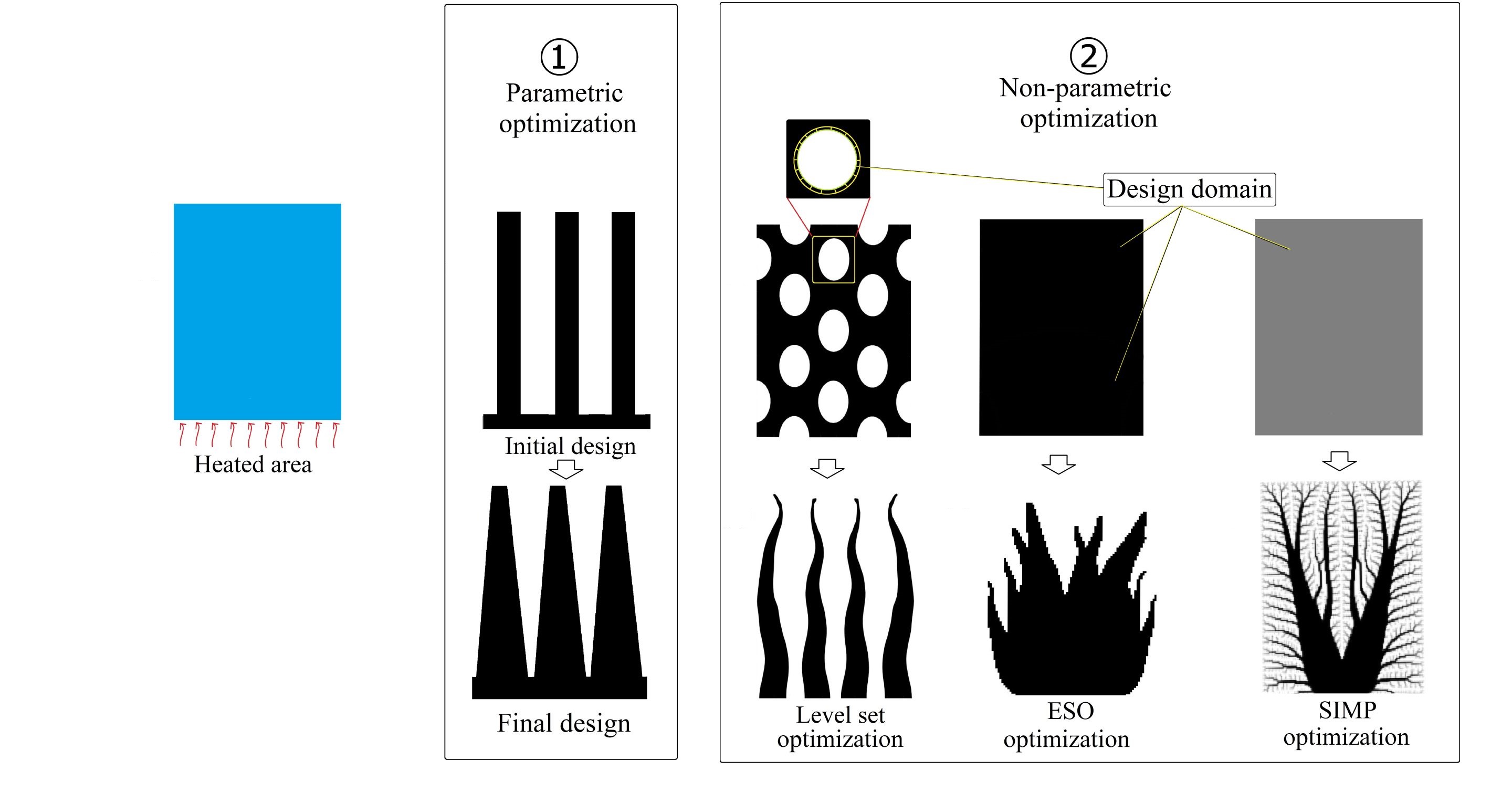Topology Optimization
The gate of innovative computer aided engineering

Design is an interactive process that depends on the designer's experience, to obtain the design that satisfies the desired criteria. To have a successful design, there are several aspects to be satisfied. One of the important aspects is the material selection for the structure. It is bounding mechanical and physical response of the design from the micro-level to a macro level. In general, specifications, such as strength to weight ratio are generally addressed by the overall layout design of the designed part, i.e. the “macroscale” of the design. However, the margin of these specifications cannot exceed a certain limit i.e. material properties. Therefore, the use of high-performance materials (which usually have high costs) is a solution. For economic and environmental purposes, it is highly desired to avail of the commonly used materials if possible for the high-performance application. To achieve this goal, it is inevitable to implementing a new methodology to design the commonly used materials to match the performance of the expensive materials. This is necessitating the adoption of structural optimization on macro and/or micro levels to satisfy the need to advance and robust structural design to fulfil the challenging task
Heuristic and metaheuristic structural optimization techniques were investigated and increasingly used in structural design. Optimization is used intensively in the structural layout designing process especially after the shift of the mathematical analysis method from the direct approximation of exact solution (infinite series usage) to numerical discrete representation, which was the key to introducing modern computers to aid the engineers in the hideous design process. One of the most popular and reliable discretization numerical methods is finite element analysis, which is adopted in this work.
In the beginning, structural optimization addressed a simplified form of layout designing problem with the least design variables possible by parametrized the problem in terms of spatial or characteristic perimeters, therefore; It is named parametric optimization. Parameters such as member size in frame design usually used for heat sink design.
The advancements in variational methods promoted the utilization of non-parametric optimization such as evolutionary structural and level set optimization. Such utilization revealed unprecedented opportunities to design complicated mechanical problems. As such, the design variables are shifted from the parametrized form, which is governed by the spatial average of the distributed design function to address the discretized representatives (The elements or the elements’ nodes) themselves as the design variables. The addressing form for the representatives may take the form of a penalized and relaxed artificial density that assigned to the elements of the whole design domain (As in the Solid Isotropic Material with Penalization SIMP), the binarized existence of elements (As in Evolutionary Structural Optimization ESO), or addressing the elements on the boundaries of the design domain (As for H1 gradient shape optimization method , Phase-field , and Level set ).
Topology optimization is presented as one of the rapidly advancing methodologies for achieving innovative designs. Associated with additive manufacturing topologically optimized structures increasingly find the way in industrial applications to produce lightweight structures with high functionality. Therefore, the goal of structural topology optimization is to discover the best and robust material distribution to maximize structural performance to weight ratio while meeting various design conditions. When compared to the known parametric optimization, topology optimization gives the designers a lot more leeway, allowing them to come up with completely new and extremely efficient conceptual designs.
Topology optimization can do:-
Maximizing stiffness-to-weight ratio.
Attainig extreem weigh reduction for products.
Achive innovative and robust designs.

"Parametric and non-parametric optimization approaches for structural design"
